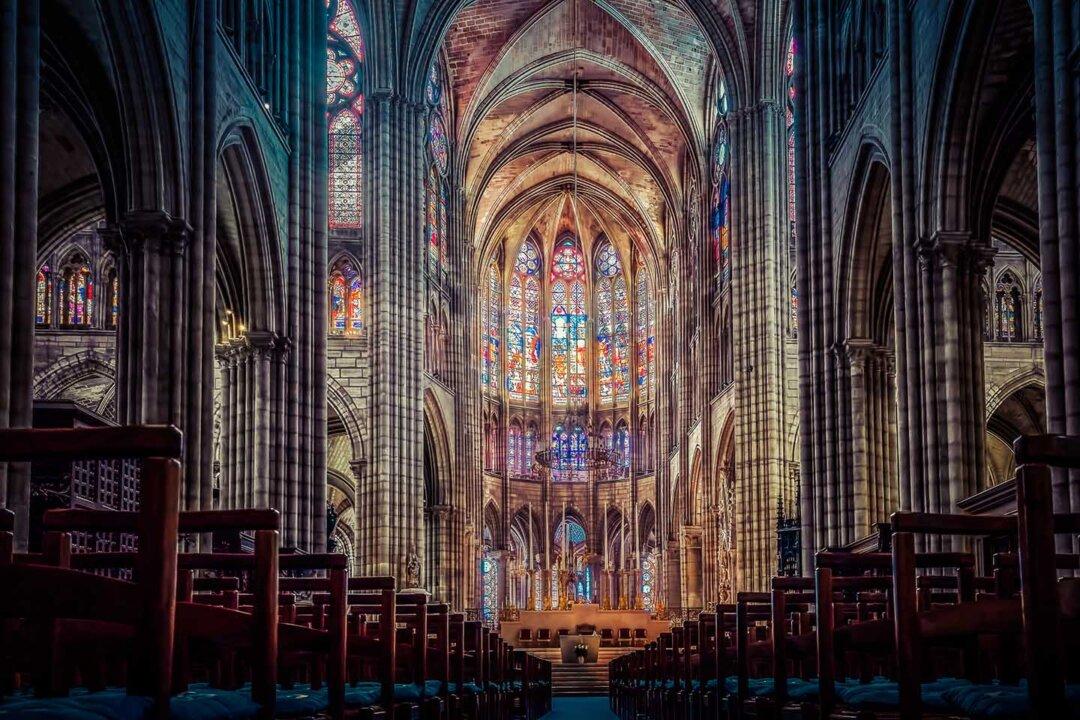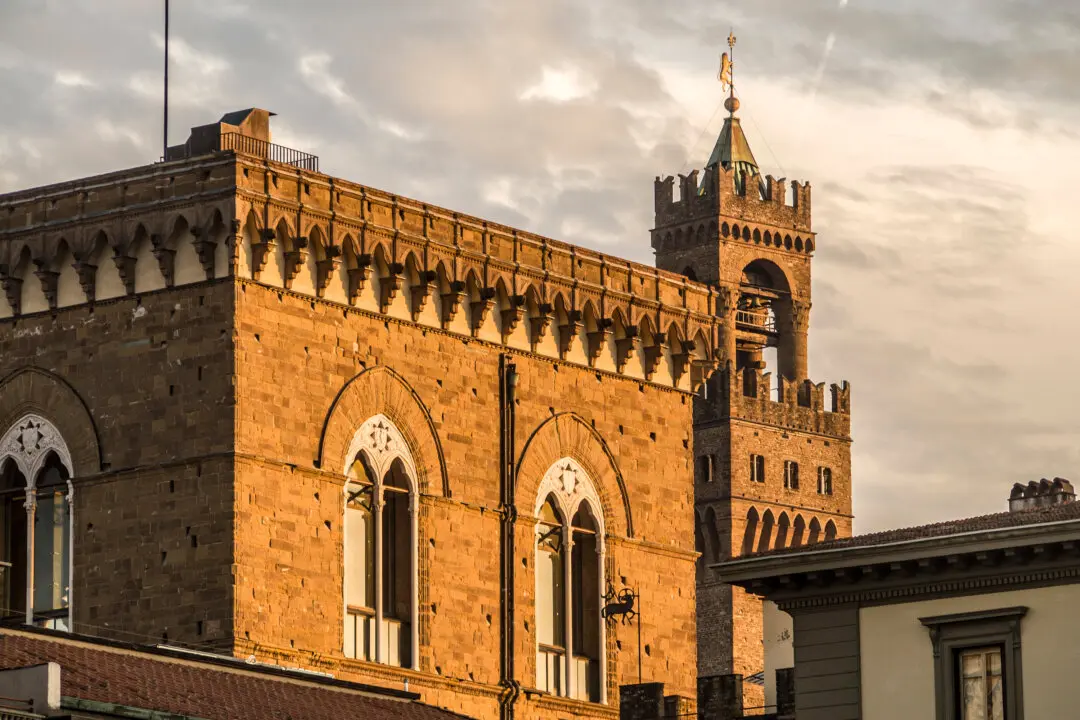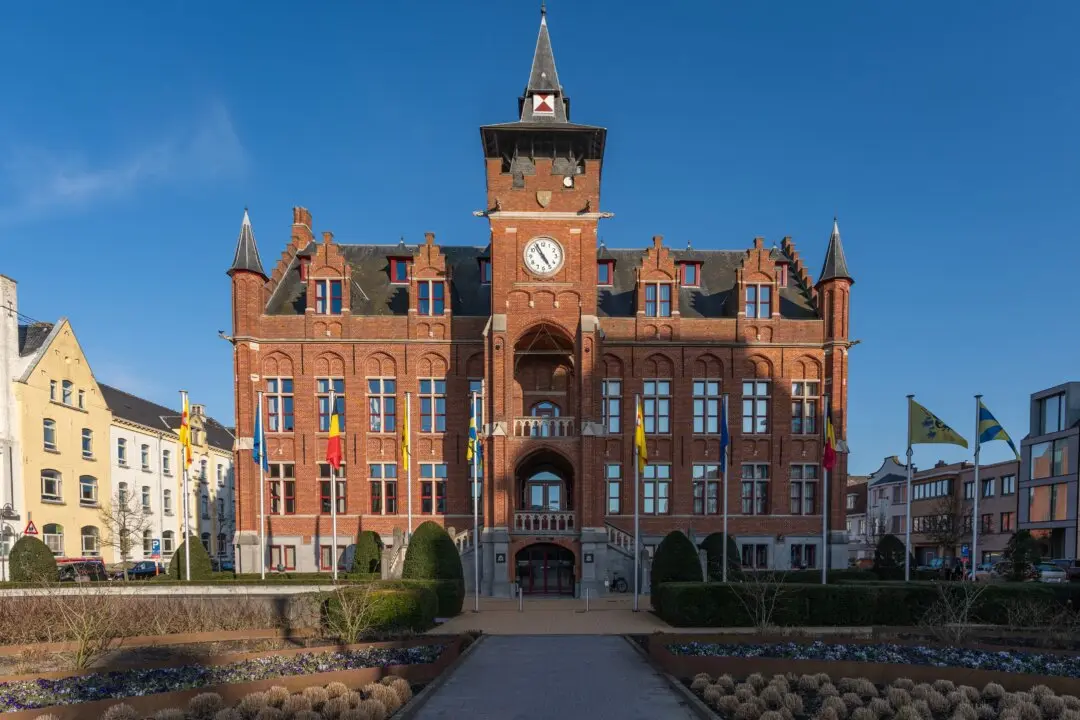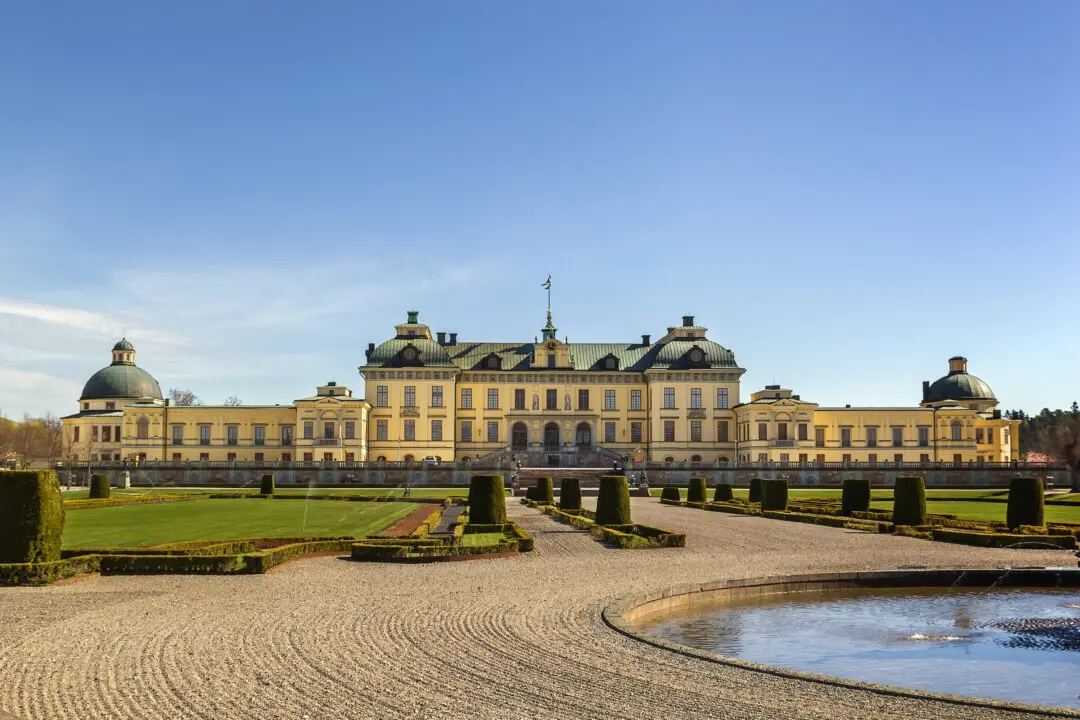On June 11, 1144, King Louis VII of France and Queen Eleanor led dozens of bishops and abbots in procession to the newly renovated church of the ancient Abbey of Saint-Denis. Their numbers were dwarfed by hundreds of clergymen and monks—and a much vaster congregation. After three years of construction, the church was ready for consecration.
Located near Paris, the original monastery was among the oldest and most important in France. St. Denis was an early Christian martyr who had been killed in the vicinity and was a patron saint of France. Strong links existed between the monastery and the French royal family. Both the saint and France’s kings were buried in the abbey.





